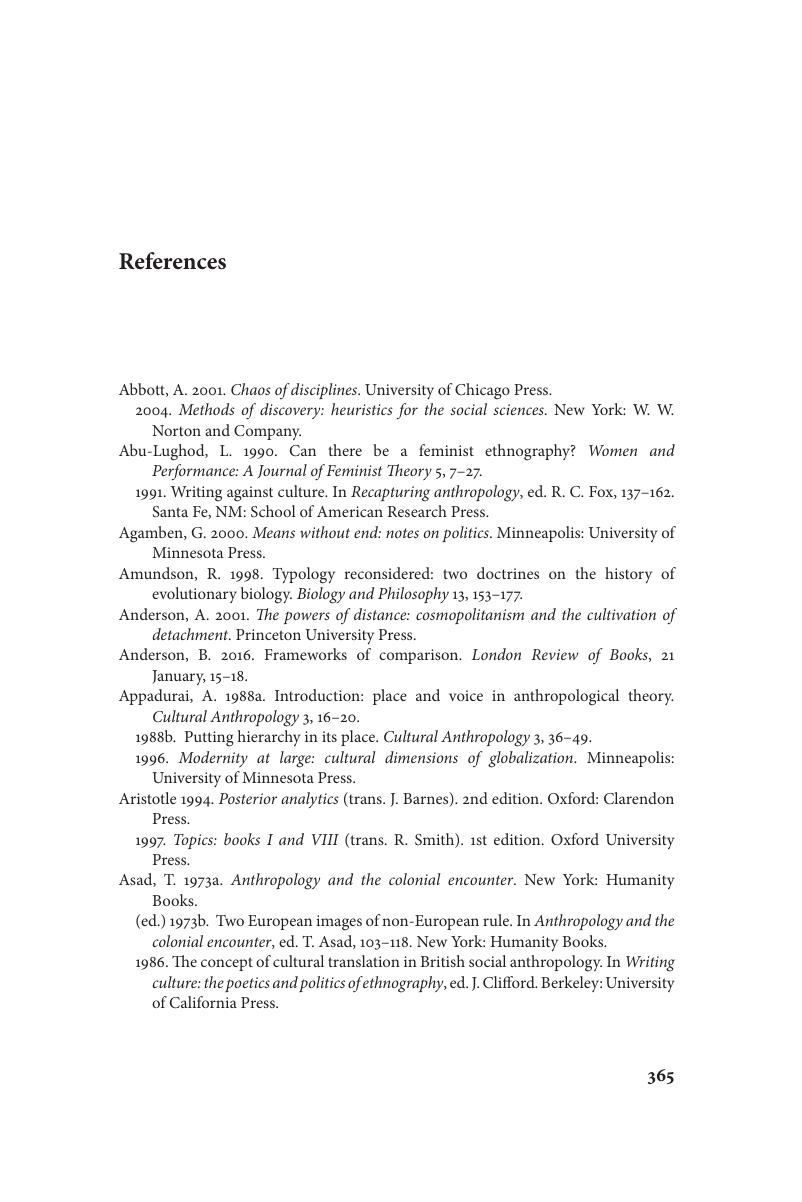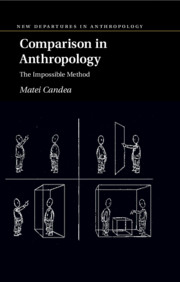References
Published online by Cambridge University Press: 12 November 2018
Summary

Information
- Type
- Chapter
- Information
- Comparison in AnthropologyThe Impossible Method, pp. 365 - 384Publisher: Cambridge University PressPrint publication year: 2018
